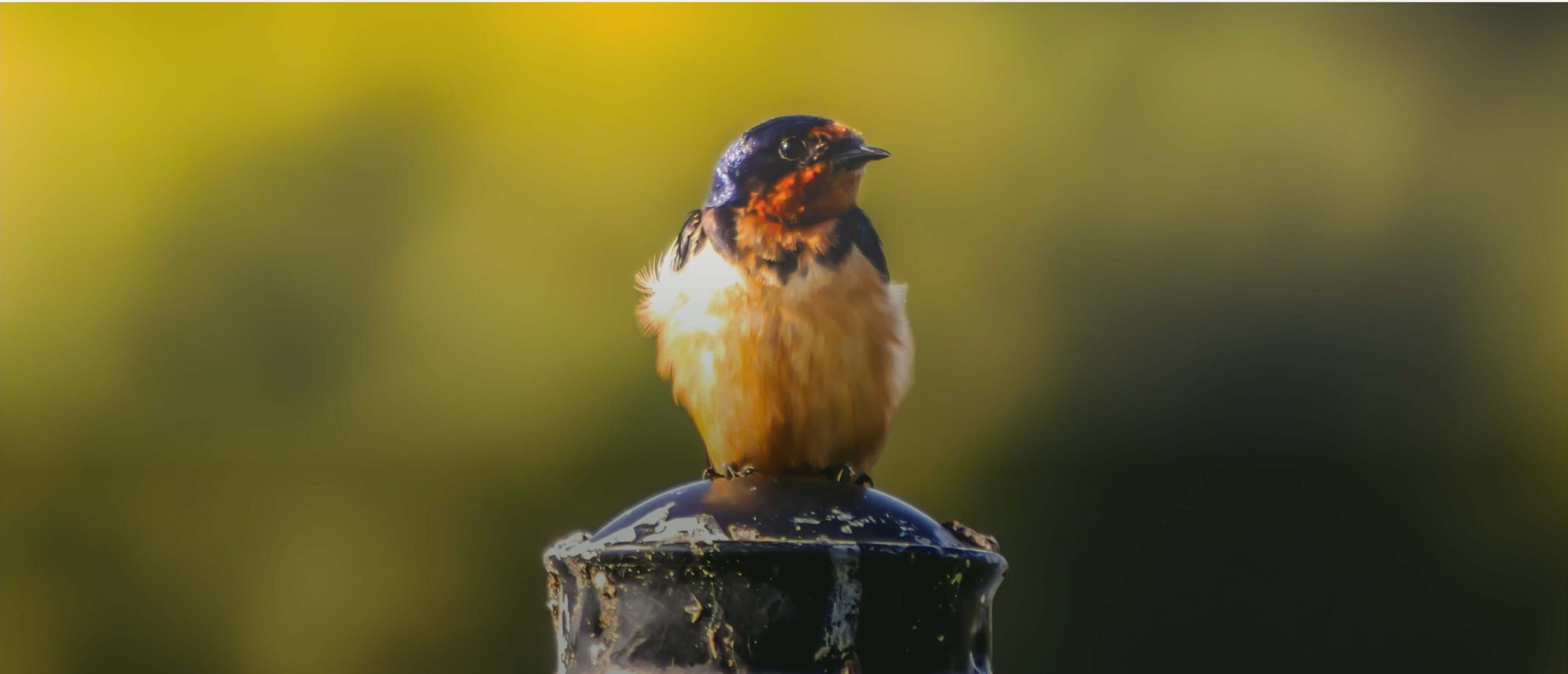
Ecological Restoration
There’s no better way to get outside and enjoy the forest preserves than by volunteering to restore its natural beauty.
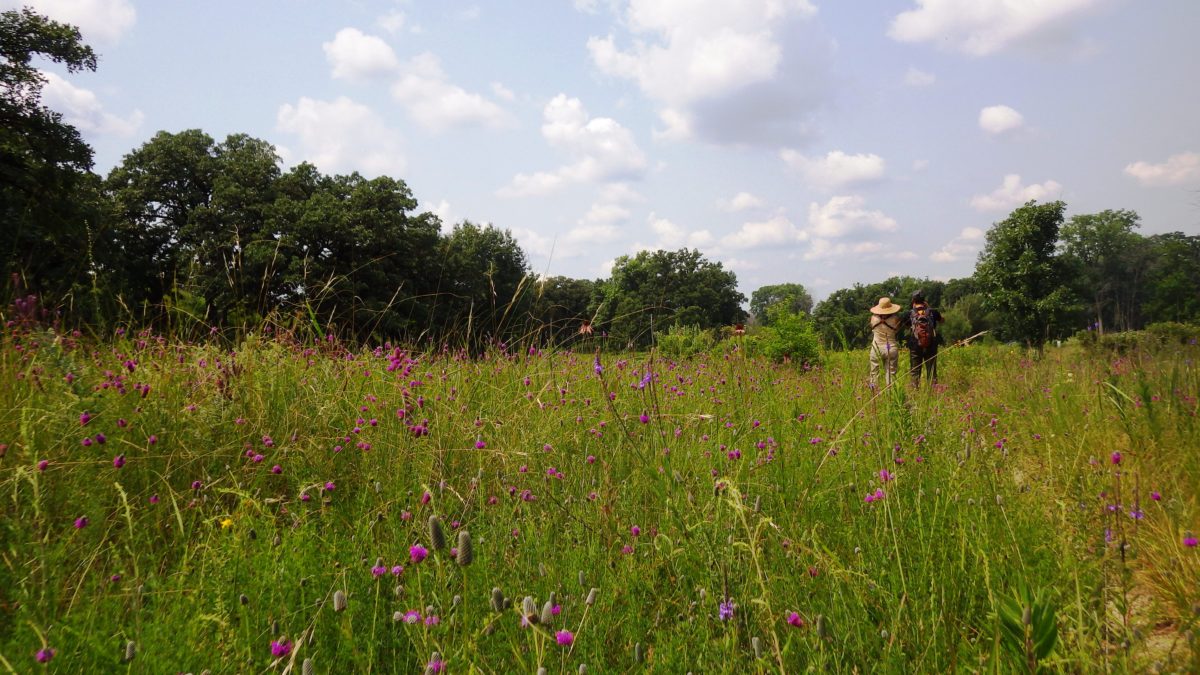
Ecological restoration is the practice of bringing back the conditions that support healthy nature.
It means getting outside, getting fresh air, and enjoying the camaraderie of like-minded people as you collect seed, remove invasive brush and weeds, and learn about the connections between people and healthy nature.
More than 100 years ago, civic leaders knew they had to start setting land aside because soon there would be 10 million people in the Chicago region. Today, we have some of the best remaining examples of native Illinois ecosystems right here in the forest preserves in Cook County.
FUN FACT: The forest preserves in Cook County provide refuge to more than 100 threatened and endangered species, more than any other county in the state.
Today, only about 20% of the nearly 70,000 acres of forest preserves are in a healthy state. Unfortunately the majority of our forest preserves are unhealthy, suffering from invasive plants and a lack of prescribed fire. The good news is every weekend, in all parts of the county, teams of dedicated volunteers enjoy the company of other eco-minded people while saving the flora and fauna of some of the best natural areas in the state.
We have a lot of work to do, and we need your help. So join us for a volunteer day, find a stewardship event, or read more about ecological restoration below.
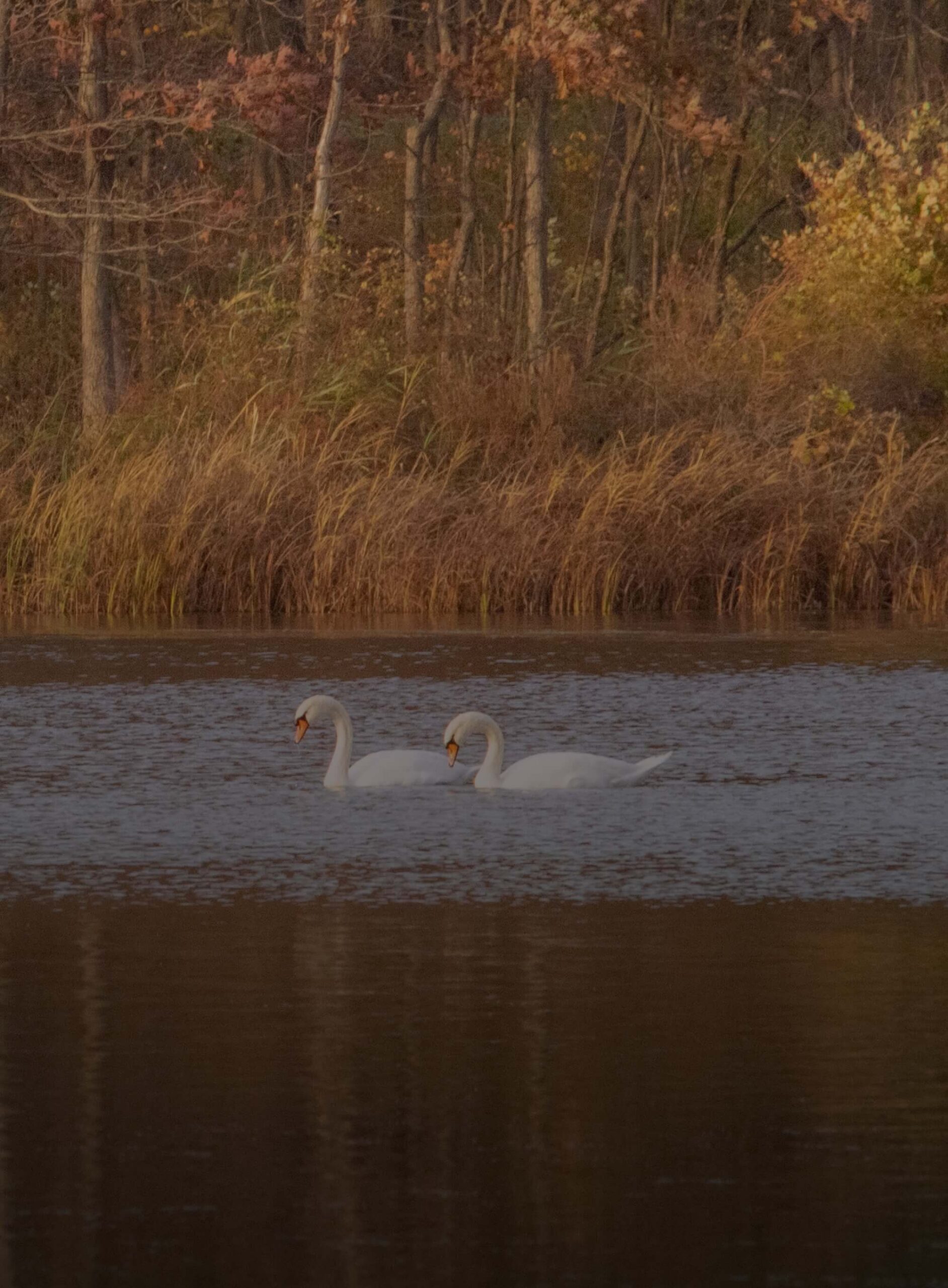
The 4 Stages of Ecological Restoration
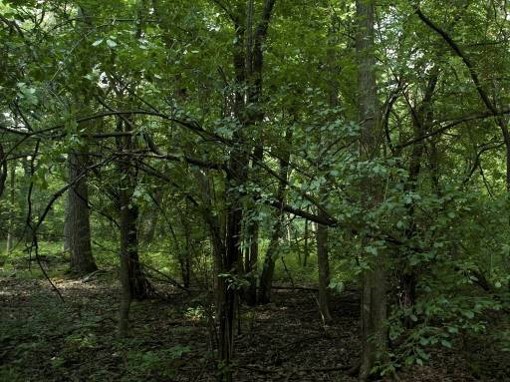
Invasive Plants and Lack of Fire Create Unhealthy Conditions
Invasive shrubs grow undeterred and create dense shade that kills grasses and flowers that should cover the ground. Birds and butterflies that should live here are gone and soil washes into creeks.
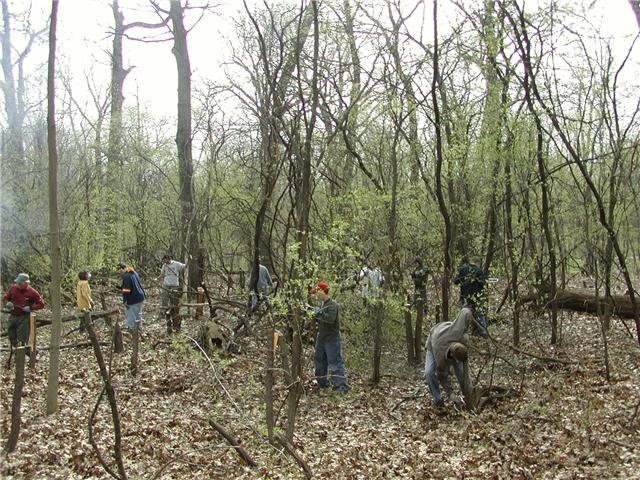
Ecological Restoration Begins
Volunteers identify and cut down invasive shrubs, such as European buckthorn, to provide more sunlight and room for native species to grow and thrive.
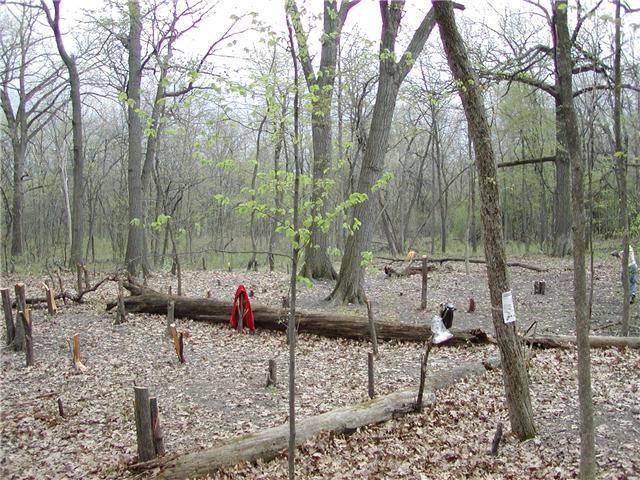
Sunlight Returns and Native Flora Is Planted
An oak woodland is revealed! Remaining buckthorn stumps will be cut lower to the ground and native grass and flower seeds will be planted to help the woodland recover to a healthier state.

Healthy Nature Restored
Several years later, the oak woodland is fully restored with birds and butterflies returning to the area. Regular prescribed fires are scheduled to ensure the woodland’s proper ecological structure is maintained.
Case Study: Kickapoo Prairie
Over several years, we carefully restored the prairie at Kickapoo Woods, but we’re not done yet!
Read Calumet Invasive Species Conservation Corps Crew Leader Brenda Elmore’s blog post to learn more.
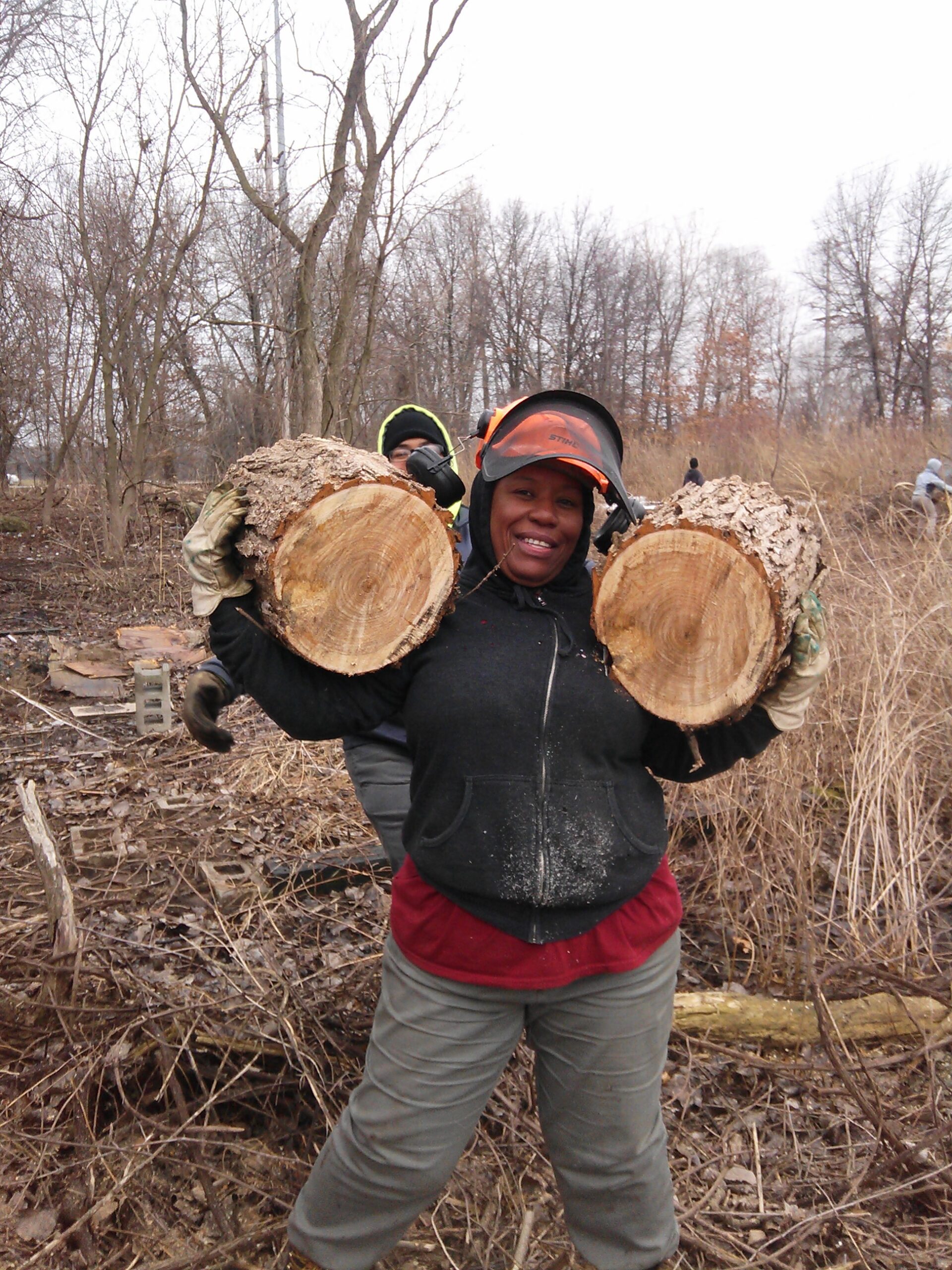
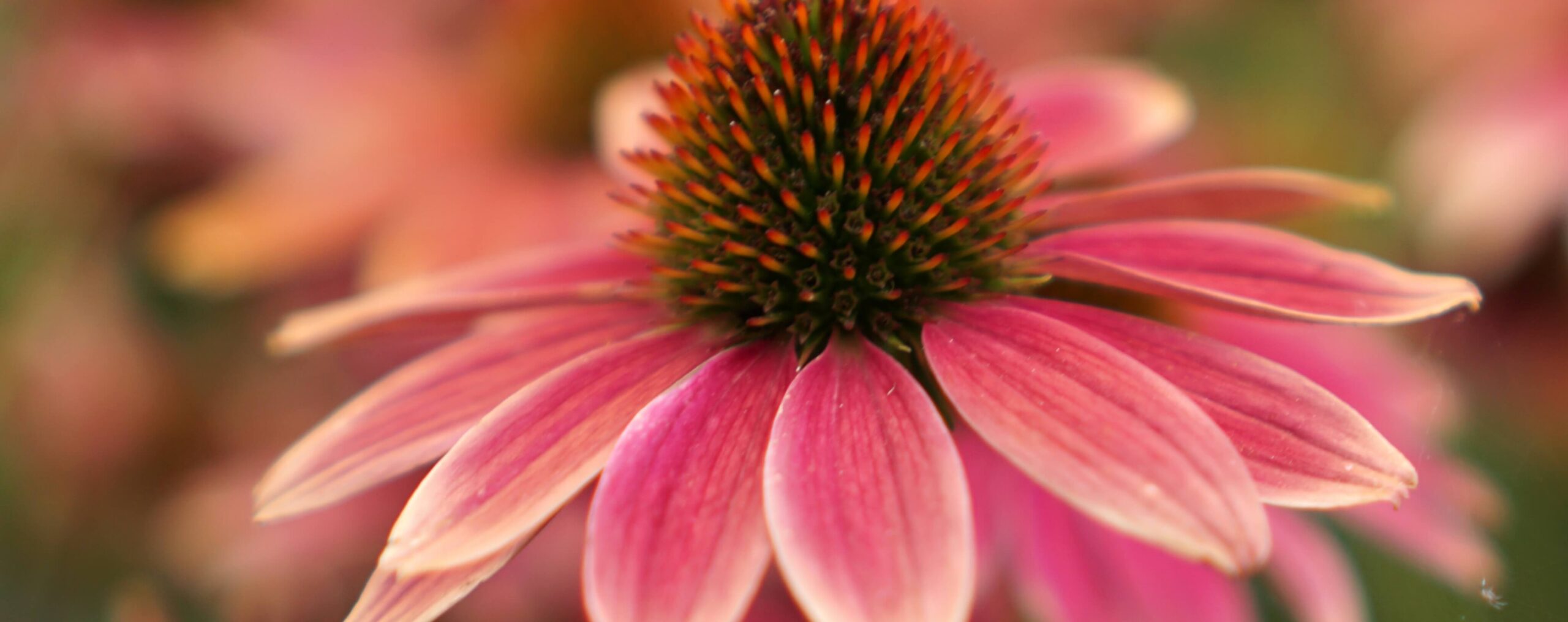
Why can’t we just let nature take its course?
Humans have always managed nature. Ever since the glaciers receded some 13,000 years ago, we have been cutting, burning, and otherwise manipulating nature. We chose to stop setting fire to the land and to release invasive plants. We can now choose to let the health of our forest preserves decline or choose to restore the conditions for healthy nature.
